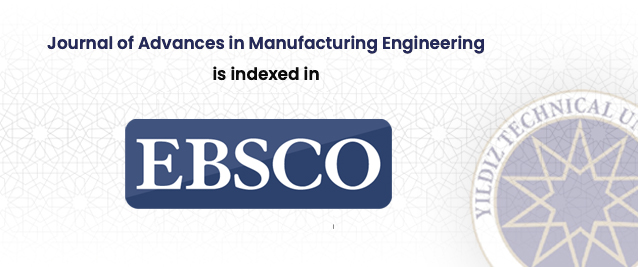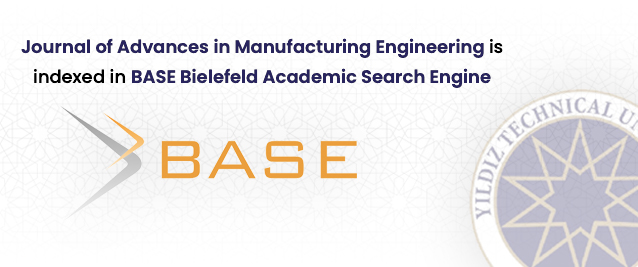Abstract
The objective of this study is to investigate how electroless nickel-phosphorus-coated Manganese Aluminum Bronze (MAB-CU4) alloys react to corrosion in a 0.5 M NaCl environment. Scanning electron microscopy examinations revealed that the coating layer has a cauliflower-like structure, and there are some porosities within the coating from the release of H2 gas during the coating's deposition. EDS analysis detected only Ni and P on the coating, while XRD analysis indicated that the coating has an amorphous and nanocrystalline structure. Electrochemical corrosion tests showed that the untreated MAB-Cu4 alloy's Ecorr value dropped to -0.47 V in 1000 seconds and then stabilized. Within 200 seconds, the Ni-P-coated MAB-Cu4 alloy's corrosion potential dropped to -0.425 V from -0.412 V. Then, a progressive increase brought the potential value to -0.395V around the 2000th second. Upon examination of the anodic polarisation curve for the Ni-P-coated MAB-Cu4 alloy, it was found that the Ecorr value was lower than that of the untreated alloy (-0.532 V). The Ni-P-coated sample exhibits higher intensity values at low and medium frequencies compared to the untreated sample, indicating that the corrosion mechanism is identical for both samples; however, the Ni-P-coated sample exhibits superior corrosion resistance. Considering the frequent exposure of MAB alloys to corrosive environments, the implementation of an electroless nickel phosphorus coating may potentially improve their resistance to corrosion and extend their operational lifespan.














